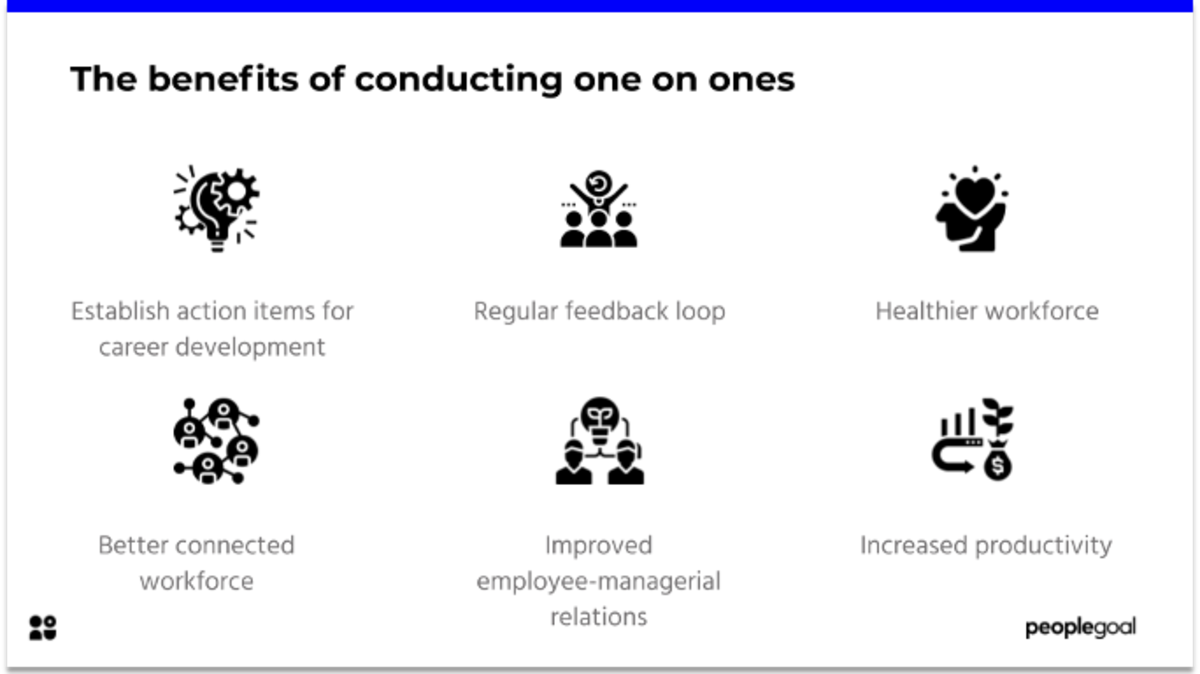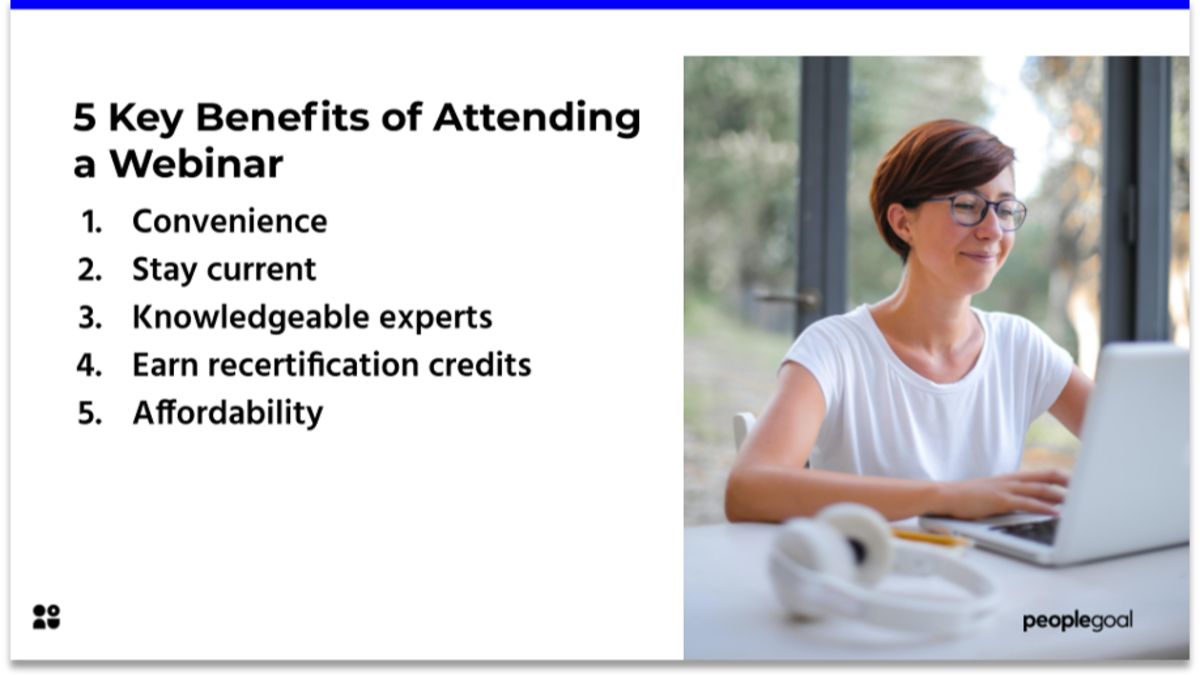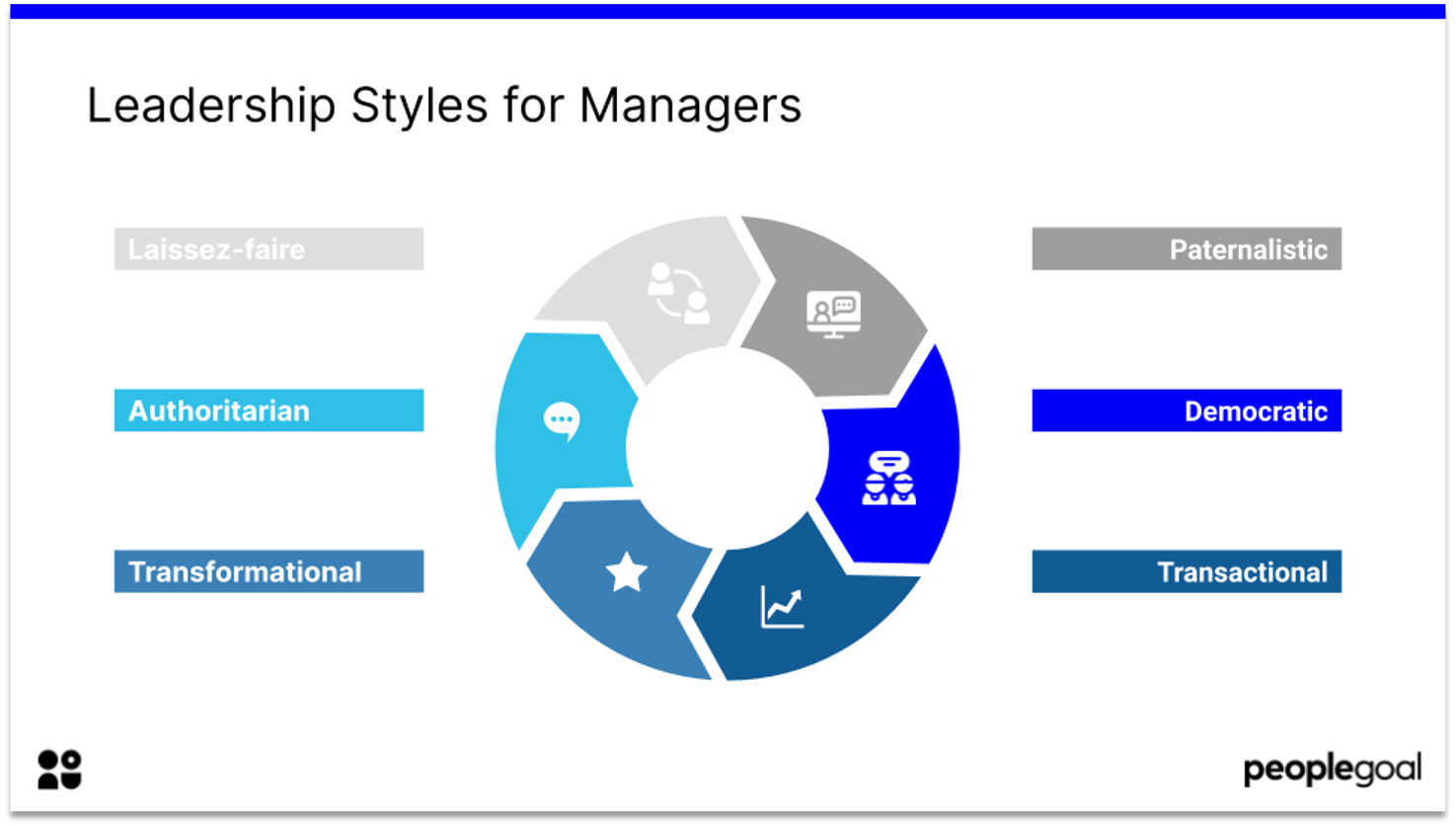You take a look at your calendar and your next meeting makes your stomach drop a bit – the manager one on one discussion with your direct report. Scheduled right between lunch and your important call is 30 minutes of time you would probably prefer to use for anything but the one on one. Whether it’s a fear or criticism or just the thought of wasting time when you could be doing other work, or any other of a plethora of reasons – one on one discussion is likely not your favourite.
But I think it’s really unfortunate a lot of us feel that way because the one on one, when done well is one of the few opportunities to talk – really talk with your team members. It should actually be a break from our normal day-to-day tasks; an opportunity to understand and be understood. And while we can’t explain why exactly this meeting have gotten such a bad reputation, we can give you 11 tips that will drastically improve your 1-1 meetings.

What is a one on one discussion?
Like it or not, the well-rehearsed practice of scheduling and holding one on one meetings remains a constant in almost any organization’s performance appraisal operations. Whilst despised by many, the practice of sitting down and talking face to face enables employees to build rapport and establish action items for further career development.
Even if working remotely, a one on one meeting discussion has significant benefits for ensuring that employees feel engaged and considered goal setting for short and long term objectives. Taking the time to confirm status updates and cover any necessary talking points enables all involved with a project or company to fulfill their duties.
How often should I host one on one discussions?
Maintaining good relations in the workplace encourages more productivity. Therefore, to reinforce healthy relationships it is advised that one on one meetings are held at least once every two weeks. Of course, depending on the velocity of your business, it may suit to host such meetings at a different frequency. All that really matters is that these meetings take place often enough to enable employees to feel comfortable when going into these meetings.

1. Have an agenda
You don’t have to stick to it at the sake of fostering communication, but there needs to be at least a few topics for discussion to guide the meeting. While you as a manager are the owner of the meeting and ultimately responsible for it, it’s a good idea to open up the agenda and let the employee have a say in the areas of discussion.
2. Take Notes
Take them yourself or ask you direct report to do so, but you simply can’t measure what you don’t track. One on one discussion notes are invaluable when you have multiple people to manage on top of your assigned responsibilities. When the time for performance appraisals comes, a good history of meeting notes can make the process much easier.
3. Give feedback
Make feedback normal. Not a performance review. – Ed Batista
Feedback is a dish best served warm – so why not use your one on one to give it? Comments like; “just keep doing what you’re doing” don’t give employees any direction. Take the time to understand what they’ve been working on and provide specific feedback on what they’ve done well and what achievement that can aspire for. Normalize feedback, it doesn’t just have to happen in a performance review.
4. Make the time
First, it’s important to find the time to meet regularly. Once you’ve committed to this it’s just as important to make sure distractions are minimized. To improve employee engagement it is fundamental to form a bond and dedicate time to each employee, where they feel valued as individuals.

5. Own it
As mentioned, the owner of the meeting is the manager and that means you are responsible for making sure the meeting is useful and timely. What it doesn’t mean is that you should be doing all the talking. In fact, as suggested by Andrew Grove in High Output Management, the employee should be 80-90% of the talking. Our job is to find a way to foster that communication and use and document to the benefit of both parties.
6. Stay Positive
Under normal circumstances, nothing that comes up in your one on one discussion should be a surprise, so there’s no reason to fear the meeting itself. You can ensure this by sending out the agenda in advance and setting expectations in your first few meetings. When your approach is positive and friendly, it will be clear to your direct reports and help make the conversation more natural and less inhibited.
7. Right Place and Time
In addition to choosing a place with minimal distractions, it’s also a good idea to choose a setting that matches the tone of the meeting. Grabbing a coffee/tea and getting out of the office can be a simple way to shift the mood of the discussion to friendly and positive.
8. Listen
We’ve already established that managers should be doing more listening and less talking. This might be difficult at the start, but the key is to set the expectation that the meeting is truly about the employee and not just about handing down more work or criticism. Once we break the ice and get them talking we just need to listen and understand before replying or moving on.
9. Build rapport
There is often a fine line between asking too much personal information, but it’s a good idea to at least have the basics covered. You can build rapport by asking (and remembering) important details about themselves, their family etc. Having a relationship built on genuine interest and not just transactional, business interest will make your future conversation easier and more productive.
10. Don’t focus on performance or updates
While the easiest topic of conversation is a round-up of what they’ve done during the week, it’s likely not the most productive. If you are already aware of what tasks your direct report is assigned and you can track their progress then spending the whole meeting on updates is a waste of everyone’s time. Instead, dig deeper into how they’re feeling about the work they have and what obstacles they may be facing.
11. Talk goals
If you’re not setting goals for yourself and your team, now is the time to start. Once you’re leading by example, you can start to talk about goals at one on ones, and this will really open up your meeting conversations. Personal development goals, work goals, personal interest goals – all of these can help us understand what we’re working towards in the grand scheme of things.
In a time when employment engagement levels are low across the globe, the one on one discussion is an invaluable tool to coach and develop direct reports. Using these tips can help you make the most of relationship building portion of the meeting and PeopleGoal takes the pain out of scheduling, agenda-setting and documentation. These 11 steps will enable you to make any future one on ones much more productive and hopefully enjoyable. If you’d like to know more or see a personalized demo, contact us using the details below.
Ready to 3x Your Teams' Performance?
Use the best performance management software to align goals, track progress, and boost employee engagement.






